Have some MP4 files downloaded from online video streaming sites or transferred from device recorders and wish to load the MP4 video into After Effects for some post editing workflow but encounter format unsupported issue just as the conditions listed below:
“I have .mp4 files that I want to edit using After Effects but not able to do so since it give error, file format not supported, how do I overcome this issue?”
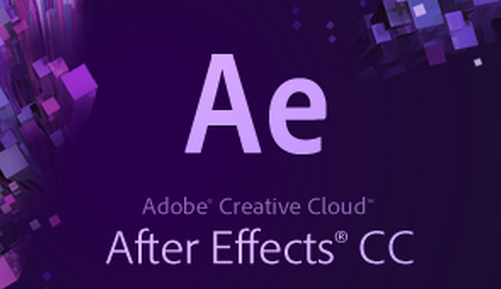
Why MP4 file not playing in After Effects CC?
After Searching for After Effects CC supported file formats, we get the information that After Effects only load MP4 files compressed with MPEG-4 compression codec. However, it is well known that MP4 is a multimedia container file format, it can be encoded with various different video and audio codec. It’s very likely that the MP4 files will be encoded with After Effects not readable video codec such as MPEG-1, MPEG-2, H.265/HEVC, VC-1/WMV, etc or audio codec like AC3, DTS, DTS-HD, etc. Fortunately, you can easily fix the codec incompatible issue with the following 2 solutions.
Solution 1: Ingest and transcode MP4 to After Effects with Adobe Media Encoder CC
Solution 2: Convert MP4 for After Effects CC with Pavtube HD Video Converter for Mac
Solution 1: Ingest and transcode MP4 to After Effects with Adobe Media Encoder CC
Adobe Media Encoder CC is a powerful media management tool allows you to work with media in a unified way across applications. It has tight integration with Adobe Premiere Pro CC, After Effects CC, and other applications provides a seamless media processing workflow. You can following the steps in the video guide below to render MP4 in After Effects CC using Adobe Media Encoder CC:
Solution 2: Convert MP4 for After Effects CC with Pavtube HD Video Converter for Mac
If above listed solutions can fix the codec incompatible issue or you are looking for a more simple way to get the problem solved. Here, we highly recommend you to convert unsupported MP4 for After Effects CC with our powerful Mac HD Video Conversion tool – Pavtube HD Video Converter for Mac. The program can powerfully and comprehensively convert all MP4 video encoded with incompatible video or audio codec listed above to After Effects CC editable MPEG-4 video codec or AAC audio codec. To get better output video and audio quality, you can flexibly adjust output profile parameters including video codec, resolution, bit rate, frame rate, audio codec, bit rate, sample rate, channels, etc as you like to let them fit with After Effects CC. For those people who have no idea how to tweak these setting on your own, you can use the program to directly output After Effects CC specially optimized MPEG-2 editing codec, you can then directly import the generated files into After Effects CC with the optimal profile settings.
Besides MP4, you can use the program to convert other unsupported video such as AVI, WMV, MKV, MXF, FLV, MTS, XAVC, XVAC S, etc to After Effects supported or specially optimized editing formats.
Edit MP4 with built-in video editor
Do not want to move the whole MP4 video into After Effects CC for post editing, never mind, you can use the program built-in “Trim” function to cut off unwanted parts to leave only your unwanted parts. The video is captured with wrong orientation, never mind, you can change the video to the right orientation with the flip or rotate function. In addition, you can also add downloaded SRT/ASS/SSA subtitle to video to stylize your editing footage.
With Pavtube HD Video Converter for Mac, you can complete the whole format conversion process with just few clicks thanks to its friendly and easy to navigate interface. In addition, the conversion results produced by the program is pretty high quality, you can’t find any difference between the generated files and the original source video. What’s more, the program is very stable, you can hardly encounter any sudden crashes during the whole conversion process.
Step by Step to Convert MP4 for After Effects CC with Pavtube HD Video Converter for Mac
Step 1: Add unsupported MP4 files into the program.
Run the program on your computer and click “File” > “Add Video/Audio” or “Add from folder” to add unsupported MP4 files into the program.
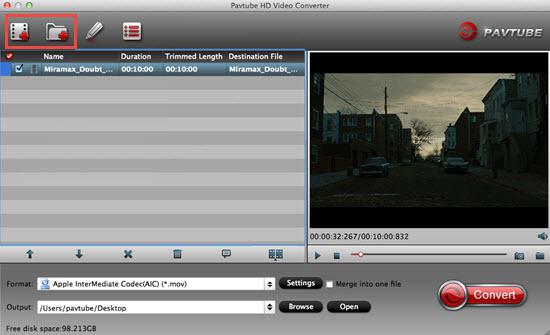
Step 2: Choose output file format.
Click “Format” drop-down bar, from its extended list, select one of After Effects CC compatible editing formats such as “MPEG-4 HD Video(*.mp4)” under “HD Video” main category.
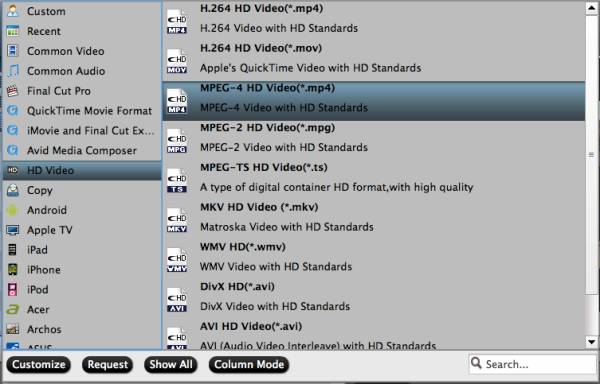
Tips: Click “Settings” on the main interface to open “Profile Settings” window, here, you can flexibly choose or specify exactly the parameters including video codec, resolution, bit rate, frame rate, audio codec, bit rate, sample rate, channels, etc as you like to get better output video and audio quality.
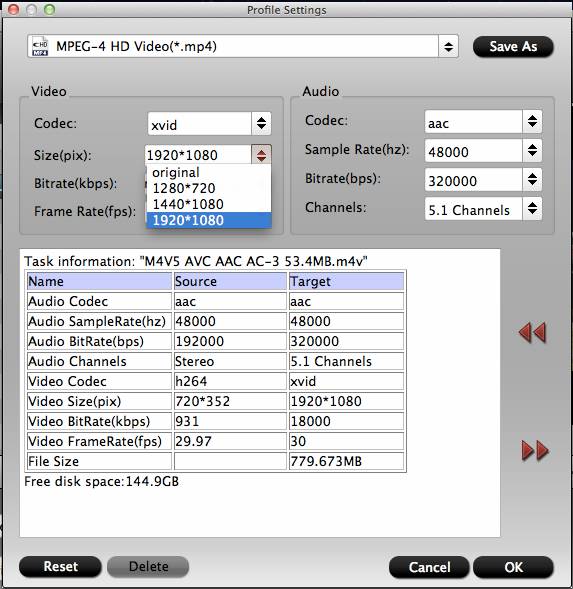
You can also select to directly output After Effects CC specially optimized “MPEG-2(*.mpg)” under “Adobe Premiere/Sony..” main category.
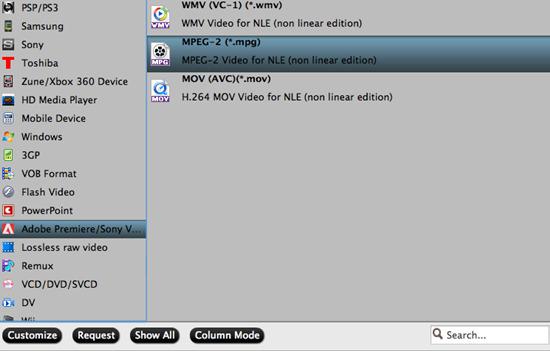
Step 3: Edit MP4 files.
Select an item on the main interface to activate the “Video Editor” function, in the opened “Video Editor” window, you can play and preview the original video and output effects. Also you can flip or rotate video angel, trim video length or add external subtitle to video, you can also do other simple editing task according to your own needs.
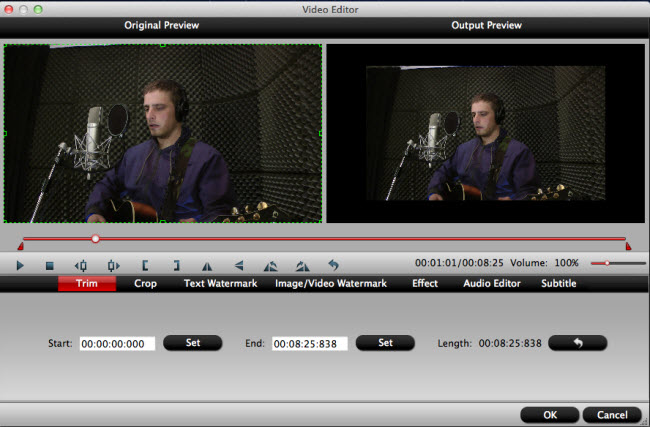
Step 4: Begin the conversion process.
After all setting is completed, hit right-bottom “Convert” button to begin the MP4 video to After Effects CC supported editing formats conversion process.
After the conversion, you can click Open output folder to popup output a folder with the converted files. Then feel free to import MP4 to After Effects CC for smooth post video editing workflow.













